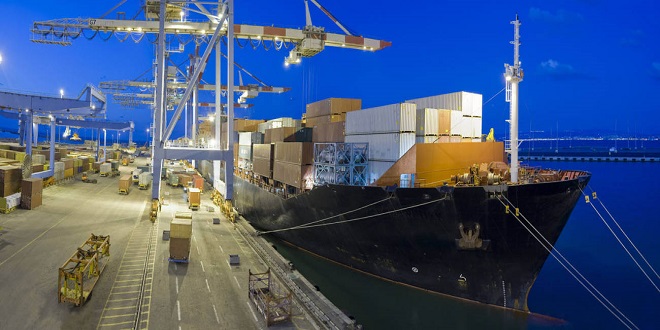
Nature of the subject
Carriage of goods by sea may fit into a commercial law course in a number of different ways. It may be studied as a component standing on its own. It may also be studied as part of the study of the whole topic of carriage of goods, including carriage by land and by air. It may also be studied alongside the law relating to international sales. Although carriage of goods by sea and international sales are separate subjects and can be studied separately, they have a major practical overlap in that the reason for making most contracts of carriage of goods by sea is in order to perform an international sale contract. If you are studying a commercial law course, which includes international sales but does not include carriage of goods by sea, you may find it helpful, nevertheless, to read this part as it will help you to understand what the seller and buyer are doing in order to perform the contract of sale. In the present work, we have decided to concentrate on carriage of goods by sea and international sales as the most interesting and commonly taught elements.
Multi-modal contracts
However, there have been two major changes in relation to sea transport, which enormously affect modern practice, although they have not yet had a very obvious impact on the sort of cases which come before the court. One is the development of the multi-modal contract, which embraces carriage by two or more modes. Historically, a contract by a Birmingham merchant to sell to a merchant in Frankfurt would have involved two land contracts and a sea contract. Today, the Birmingham merchant would probably put the goods on board a lorry in Birmingham, which would drive to one of the channel ports, take a roll-on-roll-off ferry and drive off on the other side down the Continental motorway network to Frankfurt. Although the goods will be carried by sea and there would be a contract between the lorry owner and the sea carrier, there will be no need for the Birmingham merchant to make a contract with the sea carrier (unless it was his lorry which was carrying the goods).
Containerization
The other great development is containerization. Traditionally, goods were taken to a port and loaded into the hold of the ship. Although this is still done with certain types of cargo, it is, nowadays, common for many kinds of goods to be first of all loaded into a container and then for the container to be loaded onto a specially designed container ship. Because of historic difficulties with Dockers, which are experienced in many countries, the container is often packed or ‘stuffed’ away from the docks at some inland center and then carried in its loaded fashion to the docks. One important practical consequence of this practice is that the ship-owner has no means of knowing what is inside the container which typically arrives already sealed.
Statutory control
In the 19th century, the doctrine of freedom of contract was applied to contracts of carriage of goods by sea, so that there was little or no attempt to protect weaker parties. In practice, this meant that shipowners had a wide ability to trade on standard terms, which served to limit their liability. Some countries, such as Britain, were predominantly ship owning countries. Their ships carried goods of goods’ owners from many other countries. Other countries, particularly the United States, were predominantly goods owning countries. Although they owned ships, many of the goods which they imported and exported were carried in ships which did not fly the Stars and Stripes. Ship owning countries were, naturally, much more relaxed about the practice of ship-owners excluding much of their liability than were cargo owning countries. This distinction is still important today. In the late 1890s, the United States was the first country to react to this situation by passing the Harter Act in 1893, which substantially restricted the freedom of ship-owners to limit their liability
Finally Comment
If the owner of goods wishes to arrange for his goods to be carried by sea, he has three alternatives. The first is to buy a ship. This would only be a sensible alternative if the owner knew that he had a long term and continuing need to move goods around the world. An example of such a goods’ owner would be a major oil company. Even with such a goods owner, however, it would be very unlikely that all the carriage of goods by sea needs would be met by buying ships, because this would be a very inflexible solution. A second alternative is to make a contract for the use of a whole ship, either for a voyage, or series of voyages, or for a period of time. Such a contract is called a charter party.





